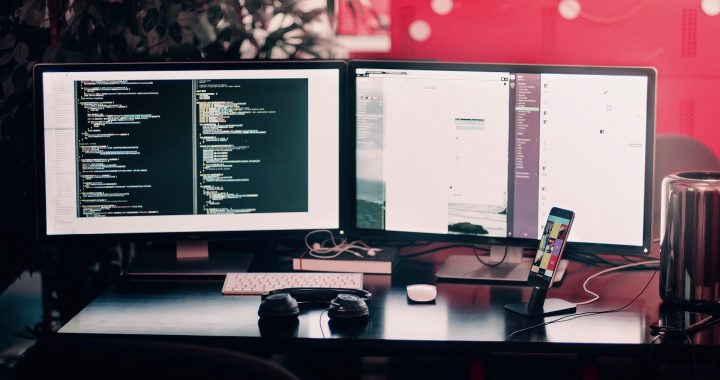One thing all of our customers, clients, partners and contacts have in common is that we’ve all been impacted, significantly, by the Covid-19 pandemic, and have all had to reshape the way we work, live and communicate through numerous lockdowns and enforced restrictions on travel.
What this looks like for most office workers is remote working, virtual meetings, online communication and work being carried out from home rather than commuting to an office. Early concerns that this would reduce productivity have been disproved; in fact, 43% of businesses canvassed in late 2020 stated that productivity had increased with a further 28% saying there was no change to their productivity levels when compared with office working.
Those who have long advocated and campaigned for increases to flexible working models have claimed associating productivity with a team member’s physical presence in a specific office is an ineffective way to maximise output or quality of work. In fact, productivity is far more closely linked to employee’s happiness and commitment to their employer – and flexible, or remote, working is a significant factor in both.
One concern some employers have, however, is that with teams working remotely they can’t monitor their workload as effectively – so they are looking to software which can monitor employees who are working from home, examples include TERAMIND, Time Doctor, Veri Clock and ActivTrak. 20% of employers are already using this kind of software, with more exploring options to do so – so what, legally, can you monitor with remote workers, and what responsibilities do you have to your team to ensure this crosses no boundaries?
It can be vital, in some industries, to monitor employees internet and communication; in others, it is simply good business practice, ensuring that you can monitor productivity and performance, and that your IT and software systems are being used appropriately and in accordance with your company policies. However, it can also be seen as an invasion of privacy and needs to be balanced.
Legislation which deals with your ability and right to monitor your employees includes:
- Article 8 of the European Convention on Human Rights. (This is contained in the Human Rights Act and so remains British law for now even after Brexit.)
- GDPR and the Data Protection Act
- Telecommunications Regulations 2000
- The Regulation of Investigatory Powers Act (RIPA) 2000 and Investigatory Powers Act 2016
- The implied duty of trust and confidence inferred into employment contracts
- The application of ‘fairness’ as applied when considering rights under the Employment Rights Act 1996
Much of this legislation states that your company must inform the employee if they are to be monitored remotely, and that you cannot do so without their informed consent. A YouGov report from September 2020 said that 66% of workers would be uncomfortable with their employers monitoring their keystrokes remotely, 74% would be uncomfortable with tracking wearable devices, and 80% would object to camera monitoring (i.e. filming them in their home office space through webcams on company devices). Though you have the right to request – and monitor – internet usage, a light touch approach is generally recommended, with anything that directly contravenes your policies blocked to protect both you and the employee.
Research also shows that those who work remotely at least once a month are 24% more likely to be happy and productive in their work; with 17.9 million working days lost annually to work related stress or depression and anxiety, it’s important that your need to monitor is balanced by a fair policy which doesn’t add undue pressure to already overwhelmed employees.
For support in creating and implementing an effective solution which protects you and your team, contact us on 0207 317 4535 or support@reflectiveit.com.










